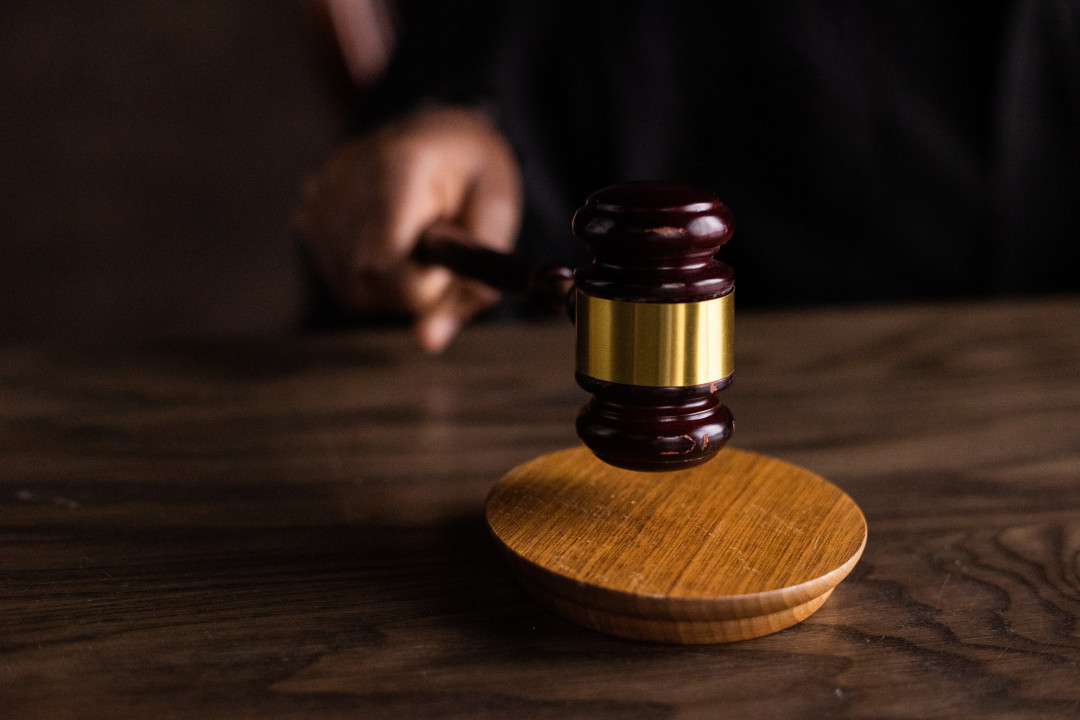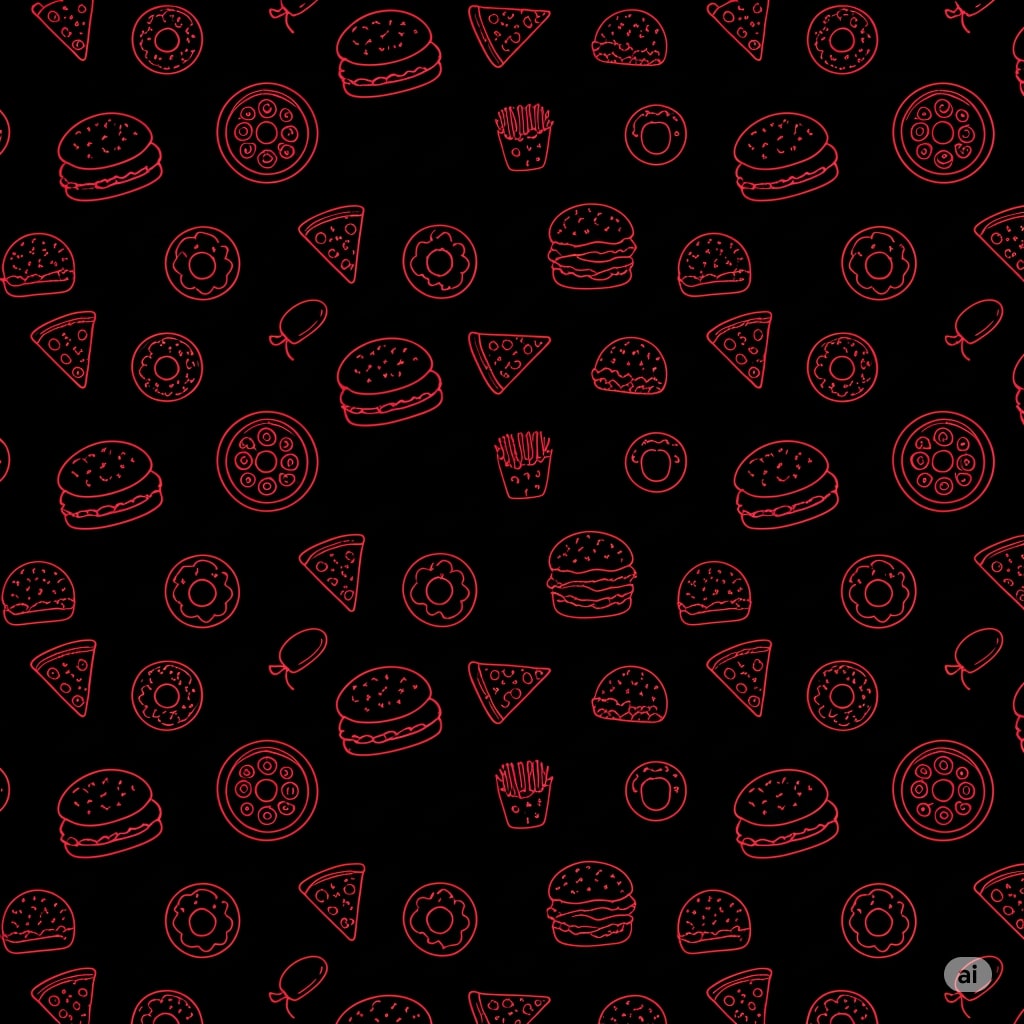In the last decade, lawsuits against restaurants have continued to be a problem for fast food chains and restauranteurs.
Ever since the famous 1994 hot coffee lawsuit, Liebeck vs. McDonald's, where a woman spilled hot coffee in her lap in the McDonald's drive-thru, lawsuits have continued to plague fast food restaurants.
Restaurant lawsuit cases have been brought against fast-food restaurants and other companies in the food and beverage industry for everything from false advertising to hidden fees. Here are five of the most significant restaurant lawsuits of this decade.
Jack in the Box: The Case of the Curly Fries
All restaurants make mistakes, and sometimes you don't get what you order.
People will go out of their way for delicious curly fries from Jack in the Box. When a couple was shot at by a Jack in the Box employee over missing curly fries, they sued the company to raise awareness about its hiring practices.
When the plaintiffs asked for the curly fries they paid for but didn't receive, the Jack in the Box employee yelled at them. As the situation escalated, the employee threw ice, ketchup, and other items in the plaintiff's car, and then ended up pulling a gun and firing a shot at them.
The lawsuit alleges that the company should have known the employee was dangerous because of her misdemeanor conviction for a terrorist threat.
The lawsuit against Jack in the Box highlights the need for fast-food restaurants to find employees capable of dealing with the public. A ruling will impact safety regulations in hiring and management practices.
Burger King: The Case of the Inflated Whopper
Truth in advertising is a Federal Trade Commission rule designed to protect consumers. Companies are required to portray their products accurately to their consumers.
While it's commonly accepted that the pictures of fast food look much better than the actual meal, the claims against Burger King may be more accurate than the Whopper.
The lawsuit against Burger King alleges that the Whopper in the picture is 35 percent larger than the one they serve.
Subway: The Case of the Fake Tuna
The Subway tuna lawsuit was filed in January 2021 and claimed that Subway was misrepresenting its product. After plaintiffs Karen Dhanowa and Nilima Amin claimed that Subway's tuna wasn't really tuna, a judge tossed the case out of court.
The plaintiffs claimed that 19 out of 20 samples from Subway locations around California "had no detectable tuna DNA sequences whatsoever." They did, however, show traces of pork and chicken DNA.
Shortly after being sued, Subway launched a Tuna Facts campaign and even used it to promote their tuna subs with the promo code ITSREAL.
In October 2021, U.S. District Court Judge Jon Tigar said that to allege fraud, the plaintiffs needed to meet a legal standard in describing the fraud. He dismissed the lawsuit in Subway's favor but left room for the plaintiffs to amend their allegations, which they did.
In July 2022, the suit took another turn when the judge ruled that the lawsuit could move forward. Subway continues to fight the case and uses outside industry experts to support its claims that its tuna is 100% real.
Grub Hub: The Case of the Hidden Fees
While Grub Hub isn't a restaurant, the case of the hidden fees can serve as a cautionary tale for entrepreneurs in the restaurant industry.
The class action lawsuit against Grub Hub filed in March of 2022 alleges that Grub Hub was deceiving both customers and restaurants and using illegal bait-and-switch tactics, which are against the law.
D.C. Attorney General Karl Racine filed the lawsuit to protect residents of D.C. and local restaurants from deceptive price gouging practices. Grub Hub has added disclosures to its hidden fee structure in response to this lawsuit.
Starbucks: The Case of the Blue Coffee
People take for granted that the cup their barista hands them is safe to drink. That's not the experience of one man in Greenwich, Connecticut, however.
Matthew Mitchell was given a cup of coffee at Starbucks, and after he took a sip, he felt a burning in his mouth and throat. He took the lid off his cup and saw that his coffee was blue from the coffee urn cleaner.
A new employee wasn't aware of the cleaning practices and accidentally served the coffee to Mitchell.
In a related lawsuit, a man sued Cracker Barrel for serving him a glass of sanitizer instead of water. He was subsequently awarded 9.4 million dollars for damages.
Wendy's: The Case of the Very Bad Lettuce
In 2022, a major E. coli outbreak at Wendy's restaurants across the country resulted in hundreds of lawsuits.
While the source of the E. coli may never be known, many people suspect the Romaine lettuce. There were dozens of hospitalizations and at least 10 cases of hemolytic uremic syndrome (HUS), and Wendy's took precautions and removed the lettuce from their menu.
HUS causes severe complications and kidney damage in affected people, and while 85% of people regain kidney function, there is still a chance of long-term kidney problems.
Lawsuits Against Fast Food Restaurants
No matter how careful a company is, mistakes can happen and sometimes have drastic consequences. A fast-food restaurant holds its customers' lives in its hands. The McDonald's lawsuit showed that even something as simple as serving them a cup of coffee carries enormous risks.
While it's not uncommon for customers to get upset with restaurants, making a legal claim is different than just making a complaint. A legal claim against a restaurant will be considered frivolous unless you can show damages.
Can you sue a restaurant for hair in your food? Yes, but you didn't suffer any other damage than the cost of your meal, and almost any restaurant will give you a full refund when this happens.
For a restaurant to be held liable, you must prove that they were negligent and that you suffered injuries due to their negligence. Large foreign objects in food are more likely to result in damages, but for significant monetary compensation to be awarded, the case must also prove negligence.



